Welcome to the world of creative furniture business ideas, where design meets individuality.
Explore a niche in making customized pieces that join functionality with style, providing a growing demand for unique and sustainable home furnishings.
With a focus on eco-friendly materials and a strong online presence, your furniture business can transform living spaces and capture a global audience.
1: Customized Eco-Friendly Furniture Design
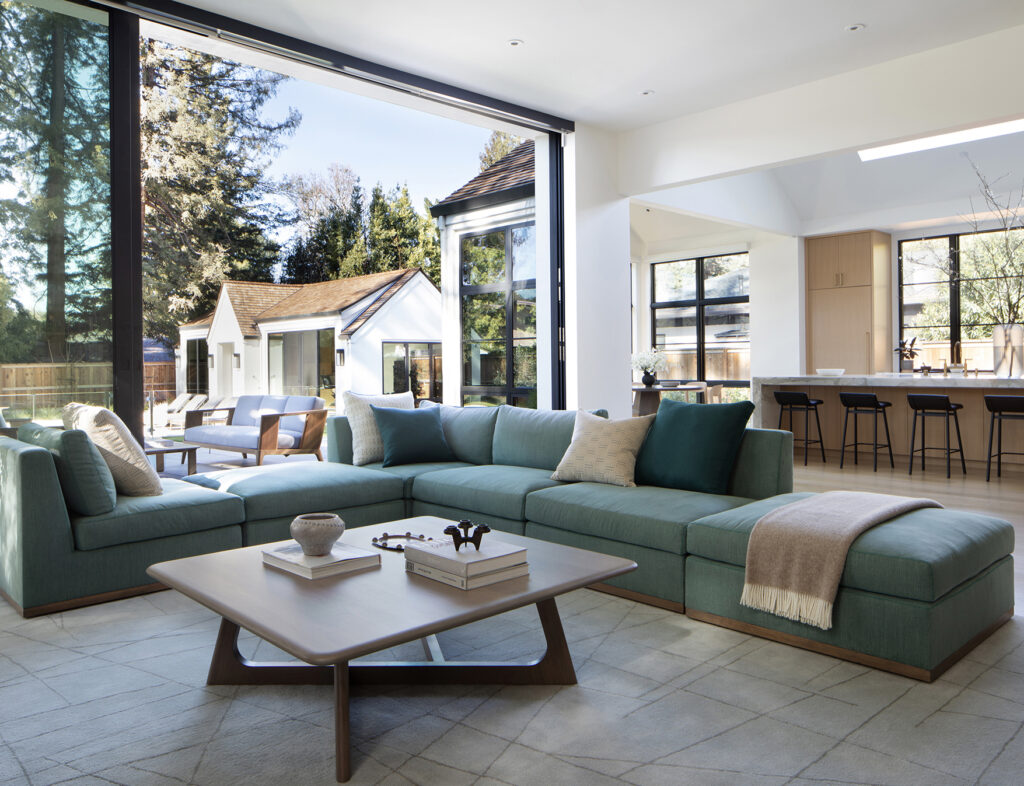
Ideas:
Imagine a business that supplies the growing demand for sustainable and customizable furniture. The concept involves creating unique, eco-friendly furniture pieces made to order to individual preferences. This could include using recovered wood, recycled materials, and personalized designs that align with the customers’ tastes.
The potential of this Idea:
The increasing awareness of environmental issues has led consumers to pursue sustainable options. Customized furniture, combined with an eco-friendly approach, taps into both personalization and sustainability trends.
Estimate the Cost to Start:
Initial costs would revolve around sourcing materials, setting up a small workshop, and marketing.
A breakdown might look like this:
| Cost Category | Estimated Cost |
| Materials | $10,000 |
| Workshop Setup | $15,000 |
| Marketing | $5,000 |
| Miscellaneous | $2,000 |
| Total Estimated Cost: | $32,000 |
Key Risks:
Risks include fluctuations in material prices, market competition, and potential challenges in marketing a sustainable brand.
Already Running Examples:
Companies like “GreenCraft Designs” and “EcoFurn Creations” have successfully implemented this idea.
Steps to Start:
- Research sustainable materials and suppliers.
- Establish a small workshop space.
- Develop a diverse portfolio of customizable designs.
- Set up an online presence through a website and social media.
Success Ratio:
Success is achievable with a well-defined brand, quality skills, and effective marketing. The success ratio is high if there’s a clear understanding of the target market.
Time Required for Success:
With effective marketing, the business could start gaining traction within 6-12 months.
Requirements to Start:
No specific qualifications are required, but having a background in furniture design or carpentry is beneficial.
Pro Key Tips:
Focus on building a strong brand identity, emphasize the eco-friendly aspect, and advantage of social media for marketing.
2: Online Vintage Furniture Marketplace
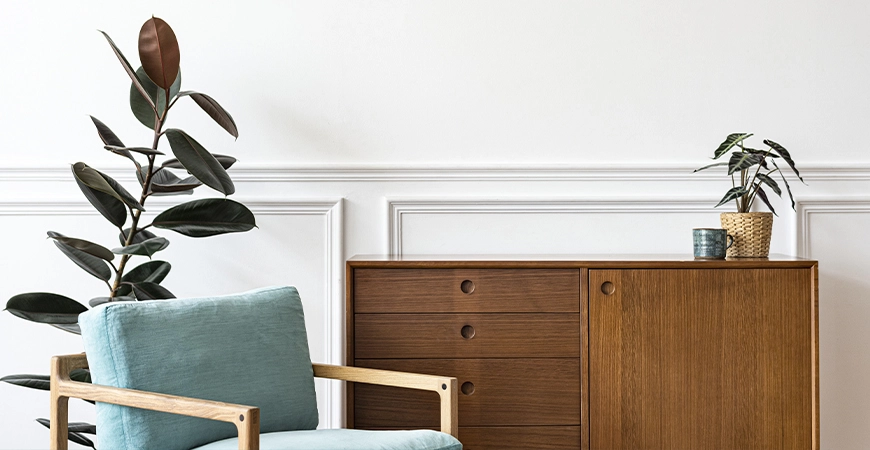
Ideas:
Create an online platform that connects sellers of vintage furniture with buyers looking for unique, timeless pieces. The idea capitalizes on the popularity of vintage and old-world beauty in modern interior design.
The potential of this Idea:
The demand for vintage furniture continues to grow, driven by a desire for unique, character-filled pieces. An online marketplace provides a suitable platform for buyers and sellers.
Estimate the Cost to Start:
Initial costs would include website development, marketing, and creating partnerships with vintage furniture sellers.
| Cost Category | Estimated Cost |
| Website Development | $20,000 |
| Marketing | $10,000 |
| Partnership Agreements | $5,000 |
| Miscellaneous | $3,000 |
| Total Estimated Cost: | $38,000 |
Key Risks:
Risks involve the competitiveness of the online marketplace, potential legal issues with vintage item accuracy, and fluctuations in demand.
Already Running Examples:
Successful examples include “RetroFinds Marketplace” and “Timeless Treasures Online.”
Steps to Start:
- Develop a user-friendly website with secure payment options.
- Establish partnerships with vintage furniture sellers.
- Implement effective marketing strategies to attract both sellers and buyers.
Success Ratio:
Success depends on the user experience, the quality of items available, and effective marketing. The success ratio is moderate to high with a well-arranged selection.
Time Required for Success:
Success could be achieved within 6-18 months, depending on the growth of the user base.
Requirements to Start:
No specific qualifications are required, but a passion for vintage furniture and knowledge of online marketplaces is beneficial.
Pro Key Tips:
Prioritize the authenticity of items, invest in professional photography, and build a strong online community.
3: Rental Service for Event Furniture
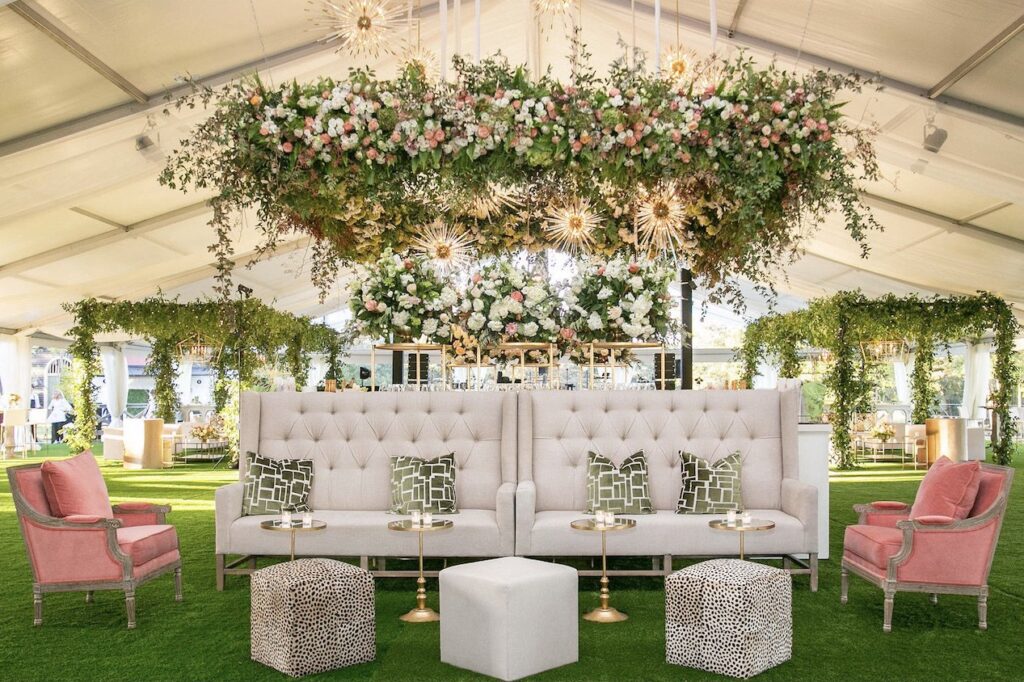
Ideas:
Address the need for temporary and stylish furniture for events by starting a rental service. Offer a wide range of event furniture, from seating arrangements to decor items, supplying to weddings, company events, and parties.
The potential of this Idea:
The event industry continually aims for trouble-free solutions for temporary furniture. A rental service provides cost-effective and convenient options for event organizers.
Estimate the Cost to Start:
Initial costs involve acquiring furniture inventory, setting up a storage facility, and marketing the rental service.
| Cost Category | Estimated Cost |
| Furniture Inventory | $25,000 |
| Storage Facility | $12,000 |
| Delivery Vehicles | $8,000 |
| Marketing | $5,000 |
| Total Estimated Cost: | $50,000 |
Key Risks:
Risks include potential damage to rented items, seasonal fluctuations in demand, and competition from other event rental services.
Already Running Examples:
Successful examples include “EventFurn Rentals” and “PartyPerfect Furniture Hire.”
Steps to Start:
- Build a diverse and stylish furniture inventory.
- Set up an acquired and accessible storage facility.
- Develop a user-friendly online platform for reservations.
- Implement targeted marketing towards event planners.
Success Ratio:
Success depends on the range and quality of the inventory, reliability in delivery, and effective marketing. The success ratio is high with proper planning.
Time Required for Success:
Success could be achieved within 6-12 months as the business establishes its presence in the event industry.
Requirements to Start:
No specific qualifications are required, but excellent organizational skills and knowledge of event planning logistics are beneficial.
Pro Key Tips:
Offer package deals for events, build relationships with event planners, and invest in a user-friendly online platform for bookings.
4: Smart Furniture for Home Offices
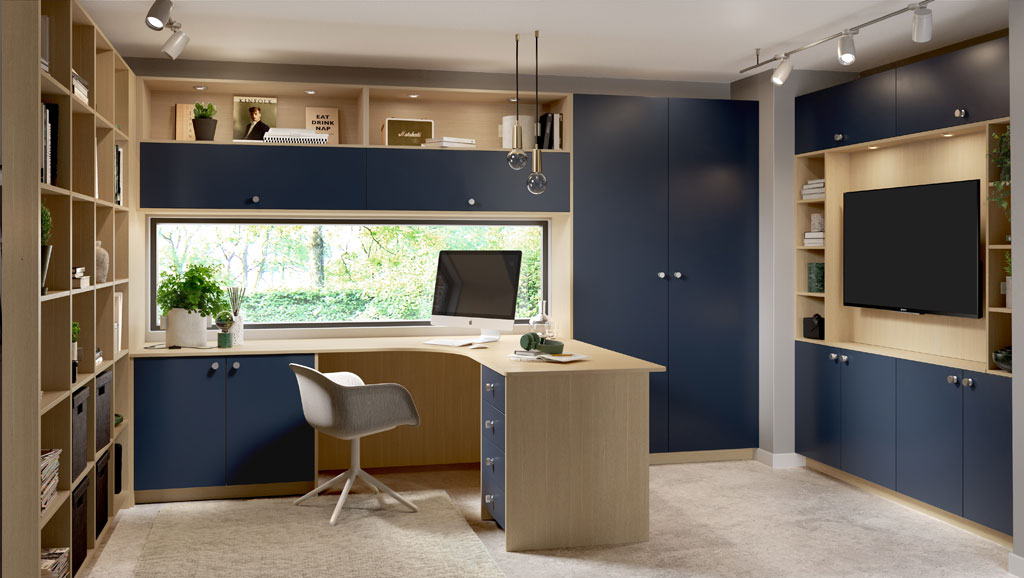
Ideas:
With the increasing trend of remote work, design and create smart furniture solutions customized for home offices. Include features such as integrated charging stations, adjustable height desks, and storage solutions that enhance productivity and comfort.
The potential of this Idea:
As more individuals work from home, there’s a growing demand for comfortable and tech-structured furniture. Smart furniture for home offices meets this need, offering a blend of functionality and modern design.
Estimate the Cost to Start:
Initial costs would involve product development, setting up an online store, and marketing the smart furniture.
| Cost Category | Estimated Cost |
| Product Development | $30,000 |
| Website Development | $15,000 |
| Marketing | $10,000 |
| Manufacturing Equipment | $20,000 |
| Total Estimated Cost: | $75,000 |
Key Risks:
Risks include rapid changes in technology, competition from established furniture brands, and the need for effective marketing to highlight the benefits of smart features.
Already Running Examples:
“SmartOffice Solutions” and “TechDesk Innovations” are examples of companies successfully implementing this idea.
Steps to Start:
- Research and develop innovative smart features for furniture.
- Establish relationships with manufacturers for production.
- Create a user-friendly online store with detailed product information.
- Implement a targeted marketing strategy highlighting the benefits of smart office furniture.
Success Ratio:
Success depends on the uniqueness of the smart features, effective marketing, and a user-friendly buying experience. The success ratio is moderate to high with a well-received product.
Time Required for Success:
Success could be achieved within 12-24 months as the brand gains recognition and the product reaches its target market.
Requirements to Start:
No specific qualifications are required, but a background in furniture design or technology integration is beneficial.
Pro Key Tips:
Stay updated on technology trends, prioritize user experience in product design, and control social media for showcasing smart features.
5: DIY Furniture Kits for Small Spaces
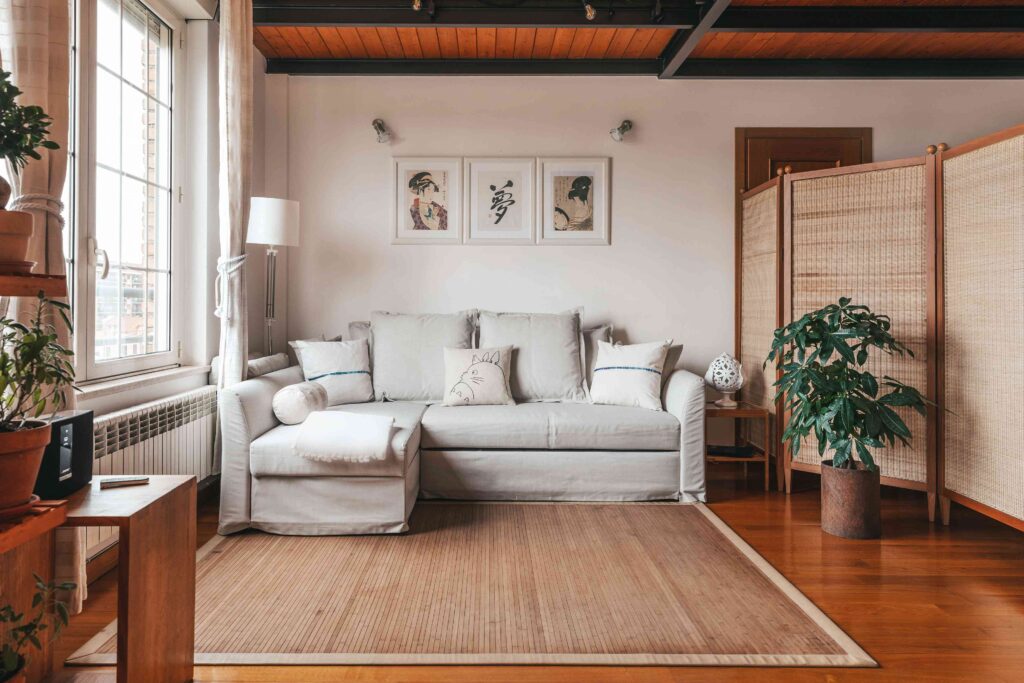
Ideas:
Provide the needs of urban residents with limited space by offering DIY furniture kits that are easy to collect and take to pieces. Focus on creating stylish and functional furniture pieces suitable for apartments and small homes.
The potential of this Idea:
As the population living in smaller spaces increases, there’s a demand for furniture that is both compact and easy to transport. DIY furniture kits provide a solution, offering affordable and customization.
Estimate the Cost to Start:
Initial costs would involve designing the kits, setting up an online store, and marketing the DIY furniture.
| Cost Category | Estimated Cost |
| Kit Design and Prototyping | $25,000 |
| Website Development | $12,000 |
| Marketing | $8,000 |
| Manufacturing Equipment | $15,000 |
| Total Estimated Cost: | $60,000 |
Key Risks:
Risks include the need for clear assembly instructions, competition from traditional furniture stores, and the challenge of establishing trust in the quality of DIY furniture.
Already Running Examples:
“CompactLiving Kits” and “DIYHome Solutions” are examples of companies successfully implementing this idea.
Steps to Start:
- Design easy-to-assemble furniture kits for various purposes (e.g., desks, shelves, tables).
- Develop a user-friendly online store with detailed assembly instructions.
- Implement a marketing strategy targeting urban dwellers and those interested in DIY projects.
Success Ratio:
Success depends on the simplicity of assembly, affordability, and effective marketing. The success ratio is moderate to high with a well-received product.
Time Required for Success:
Success could be achieved within 12-18 months as the brand gains recognition and the DIY kits become popular among the target audience.
Requirements to Start:
No specific qualifications are required, but a background in furniture design or manufacturing is beneficial.
Pro Key Tips:
Emphasize the space-saving aspects of the furniture, provide clear meeting instructions, and encourage customer reviews and testimonials for trust-building.
6: Artisanal Upcycled Furniture Studio
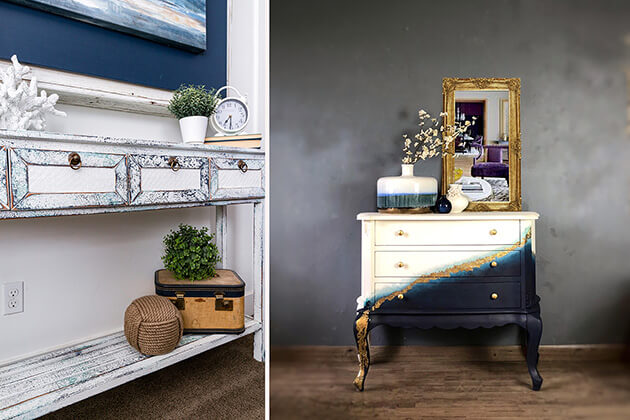
Ideas:
Establish a studio that specializes in making unique and artisanal furniture pieces using upcycled materials. Highlight creativity and sustainability by repurposing rejected items into functional and beautifully pleasing furniture.
The potential of this Idea:
In an era focused on sustainability, the demand for upcycled furniture is growing. The uniqueness of each piece, combined with the eco-friendly aspect, appeals to environmentally mindful consumers seeking one-of-a-kind items.
Estimate the Cost to Start:
Initial costs would involve procuring materials, setting up a workshop, and marketing the artisanal upcycled furniture.
| Cost Category | Estimated Cost |
| Upcycled Materials | $15,000 |
| Workshop Setup | $20,000 |
| Marketing | $8,000 |
| Artisanal Training | $10,000 |
| Total Estimated Cost: | $53,000 |
Key Risks:
Risks include fluctuations in the availability of upcycled materials, potential challenges in sourcing unique pieces, and competition from mass-produced furniture.
Already Running Examples:
“ReclaimedRevival Studios” and “EcoCraft Creations” showcase the success of this business model.
Steps to Start:
- Develop a network for sourcing upcycled materials.
- Train artisans in crafting unique furniture pieces.
- Establish an online presence and showcase the artistic value of each item.
Success Ratio:
Success hinges on the uniqueness of the designs, effective marketing, and the ability to consistently source upcycled materials. The success ratio is moderate to high with a strong focus on creativity.
Time Required for Success:
Success could be achieved within 12-18 months as the brand gains recognition for its distinctive offerings.
Requirements to Start:
Artisanal training or experience in crafting, a passion for sustainability, and creativity.
Pro Key Tips:
Highlight the stories behind each piece, collaborate with local artists, and pull social media to showcase the artistic process.
7: Furniture Restoration and Refinishing Service
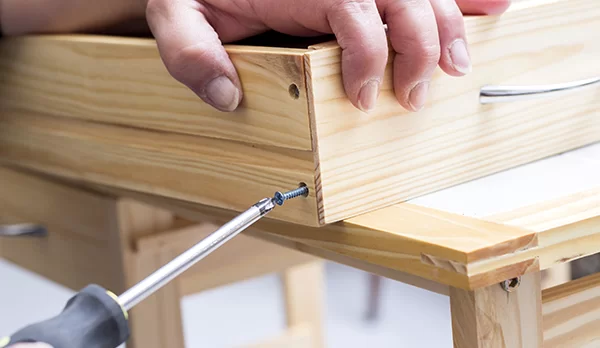
Ideas:
Offer a specialized service in restoring and refinishing old or used-out furniture. Target both individual customers looking to stimulate sentimental pieces and businesses searching for a cost-effective way to update their office furniture.
The potential of this Idea:
The appeal of vintage and sentimental value attached to furniture makes restoration and refinishing a profitable market. Businesses and homeowners often prefer restoring pieces with character over buying new ones.
Estimate the Cost to Start:
Initial costs would include workshop setup, tools, marketing, and acquiring a stock of furniture for restoration.
| Cost Category | Estimated Cost |
| Workshop Setup | $25,000 |
| Tools and Equipment | $15,000 |
| Marketing | $7,000 |
| Furniture Stock | $10,000 |
| Total Estimated Cost: | $57,000 |
Key Risks:
Risks include the need for skilled artists, fluctuations in demand, and competition from mass-produced furniture options.
Already Running Examples:
“RenewalRestorations” and “TimelessTouches Refinishing” are examples of successful businesses in this niche.
Steps to Start:
- Acquire or train skilled craftsmen for restoration work.
- Set up a workshop with proper ventilation and safety measures.
- Develop partnerships with antique shops or individuals looking to sell old furniture.
Success Ratio:
Success depends on the quality of restoration work, customer satisfaction, and effective marketing. The success ratio is moderate to high with a focus on expertise.
Time Required for Success:
Success could be achieved within 12-24 months as the business establishes itself in the restoration market.
Requirements to Start:
Skilled craftsmen with expertise in furniture restoration, and knowledge of different wood types and finishes.
Pro Key Tips:
Invest in quality restoration materials, document before-and-after transformations for marketing, and offer pickup and delivery services for customer convenience.
8: Furniture Subscription Service for Home Staging
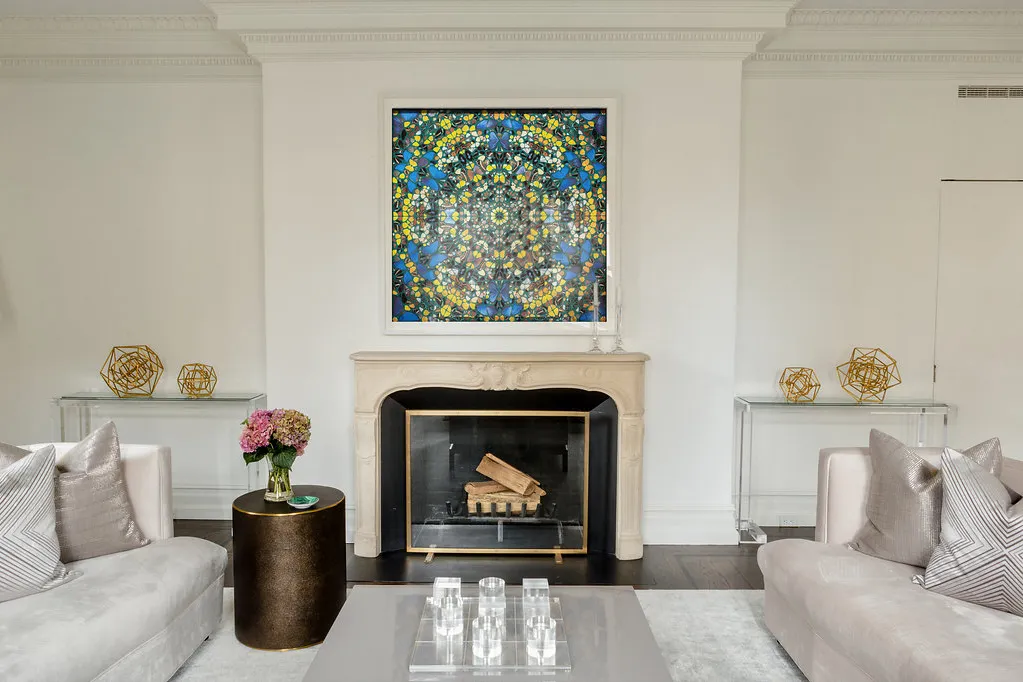
Ideas:
Introduce a subscription service that provides furniture and decor items for home stage purposes. Target real estate agents, homeowners, and property managers looking to enhance the appeal of properties for sale or rent.
The potential of this Idea:
The real estate industry often relies on staging to increase property value and attract potential buyers. A furniture subscription service offers a cost-effective and flexible solution for temporary furnishing.
Estimate the Cost to Start:
Initial costs would involve acquiring furniture inventory, setting up a delivery system, and marketing the subscription service.
| Cost Category | Estimated Cost |
| Furniture Inventory | $30,000 |
| Delivery Vehicles | $15,000 |
| Website and App Development | $20,000 |
| Marketing | $10,000 |
| Total Estimated Cost: | $75,000 |
Key Risks:
Risks include potential damage to rented items, competition from traditional staging services, and the need for a reliable and efficient delivery system.
Already Running Examples:
“Acting Subscriptions” and “HomeAppeal Rentals” showcase successful implementations of this business model.
Steps to Start:
- Curate a versatile inventory suitable for various home styles.
- Develop a user-friendly online platform for subscription management.
- set up partnerships with real estate agents and property managers.
Success Ratio:
Success depends on the quality of furniture, reliability in delivery, and effective marketing. The success ratio is moderate to high with proper planning.
Time Required for Success:
Success could be achieved within 12-18 months as the business gains recognition and establishes partnerships in the real estate industry.
Requirements to Start:
No specific qualifications are required, but a background in interior design or real estate can be advantageous.
Pro Key Tips:
Offer flexible subscription plans, focus on quality and well-maintained furniture, and provide excellent customer service to build long-term relationships.
9: Niche Furniture for Pet Owners
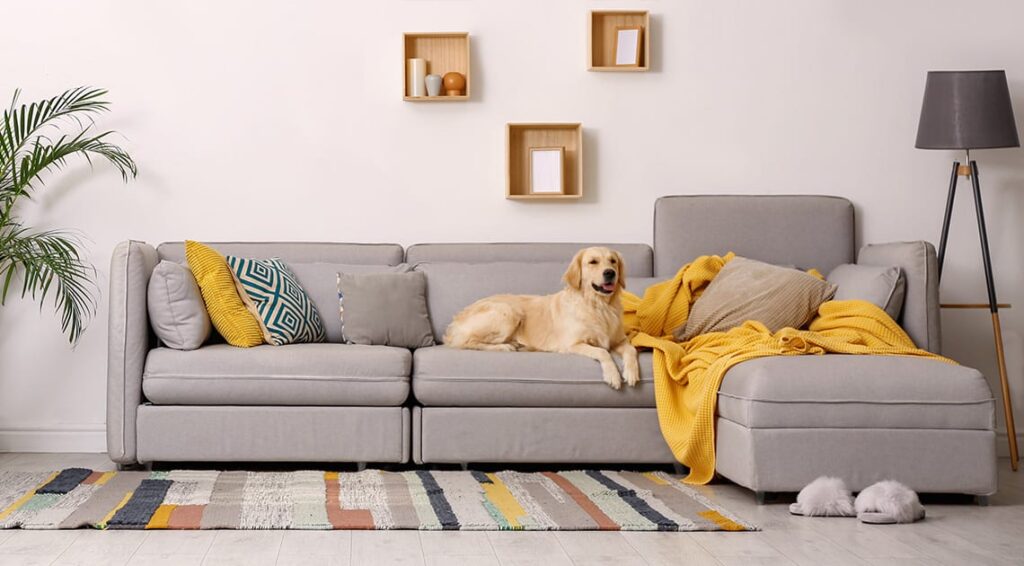
Ideas:
Create a business specializing in furniture designed specifically for pet owners. This could include pet-friendly sofas, beds with built-in pet spaces, and stylish pet accessories, providing to the growing market of pet fans.
The potential of this Idea:
Pet owners often seek furniture that accommodates their furry friends without compromising style. A niche in pet-friendly furniture can tap into a passionate and expanding market.
Estimate the Cost to Start:
Initial costs would involve designing pet-friendly furniture, setting up an online store, and marketing the products.
| Cost Category | Estimated Cost |
| Furniture Design | $25,000 |
| Website Development | $12,000 |
| Marketing | $8,000 |
| Prototyping and Testing | $15,000 |
| Total Estimated Cost: | $60,000 |
Key Risks:
Risks include the need for creative and practical designs, competition from general furniture stores, and potential challenges in marketing to a niche audience.
Already Running Examples:
“PawsAndRelax Furnishings” and “PetPerfect Designs” are examples of businesses successfully catering to pet owners.
Steps to Start:
- Research and develop furniture designs that prioritize pet comfort and owner style.
- Collaborate with veterinarians or pet behaviorists for design insights.
- Create a user-friendly online store with detailed product information.
Success Ratio:
Success depends on the functionality of the designs, effective marketing to pet communities, and positive customer reviews. The success ratio is moderate to high with a unique and well-received product.
Time Required for Success:
Success could be achieved within 12-24 months as the brand gains recognition in the pet-loving community.
Requirements to Start:
No specific qualifications are required, but a passion for pets and understanding their needs is essential.
Pro Key Tips:
Engage with pet influencers for marketing, focus on easy cleaning and durability in designs, and provide a platform for customers to share their pet-friendly furniture setups.
10: Collaborative Furniture Design Workshops
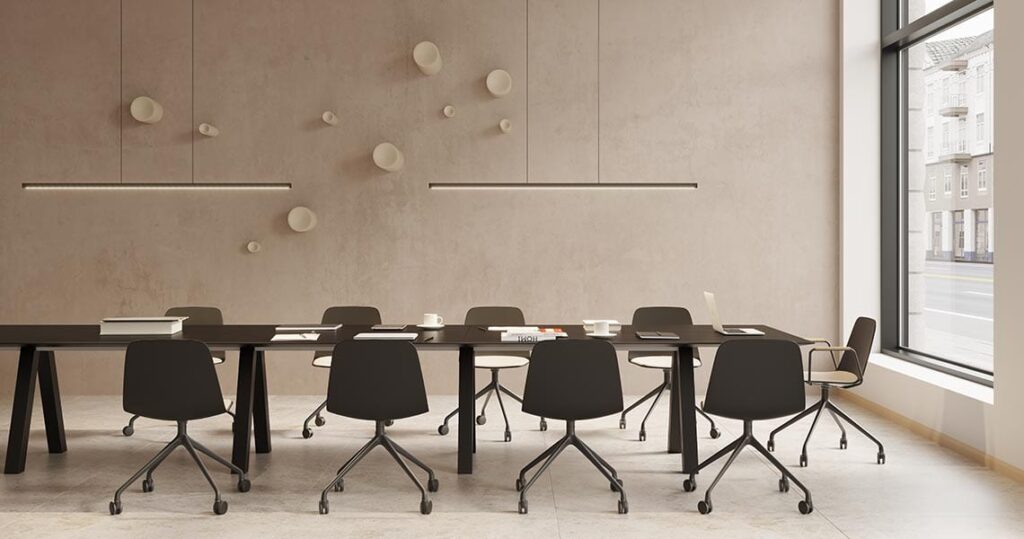
Ideas:
Establish a business that conducts collaborative furniture design workshops. Target both hopeful designers and individuals interested in crafting their furniture. These workshops could range from basic woodworking to advanced design techniques.
The potential of this Idea:
There is a growing interest in hands-on, creative experiences. Offering collaborative furniture design workshops not only taps into the DIY trend but also provides a platform for aspiring designers to showcase their skills.
Estimate the Cost to Start:
Initial costs would involve securing workshop space, purchasing tools and materials, marketing the workshops, and hiring skilled instructors.
| Cost Category | Estimated Cost |
| Workshop Space | $20,000 |
| Tools and Materials | $15,000 |
| Marketing | $8,000 |
| Instructor Fees | $12,000 |
| Total Estimated Cost: | $55,000 |
Key Risks:
Risks include fluctuating interest in workshops, competition from similar programs, and the need for skilled and engaging instructors.
Already Running Examples:
“CraftMinds Workshops” and “DesignCollab Studios” are examples of businesses successfully conducting collaborative design workshops.
Steps to Start:
- Secure a suitable workshop space with adequate facilities.
- Develop workshop curriculums catering to different skill levels.
- Hire skilled and engaging instructors with a passion for design.
Success Ratio:
Success depends on the quality of instruction, variety in workshop offerings, and effective marketing to attract a diverse audience. The success ratio is moderate to high with a well-executed program.
Time Required for Success:
Success could be achieved within 12-18 months as the business gains a reputation for offering valuable and enjoyable design workshops.
Requirements to Start:
No specific qualifications are required, but having experienced instructors and a background in design is beneficial.
Pro Key Tips:
Create an online platform for workshop registrations, encourage collaboration and networking among participants, and showcase the designs created in workshops for marketing purposes.




